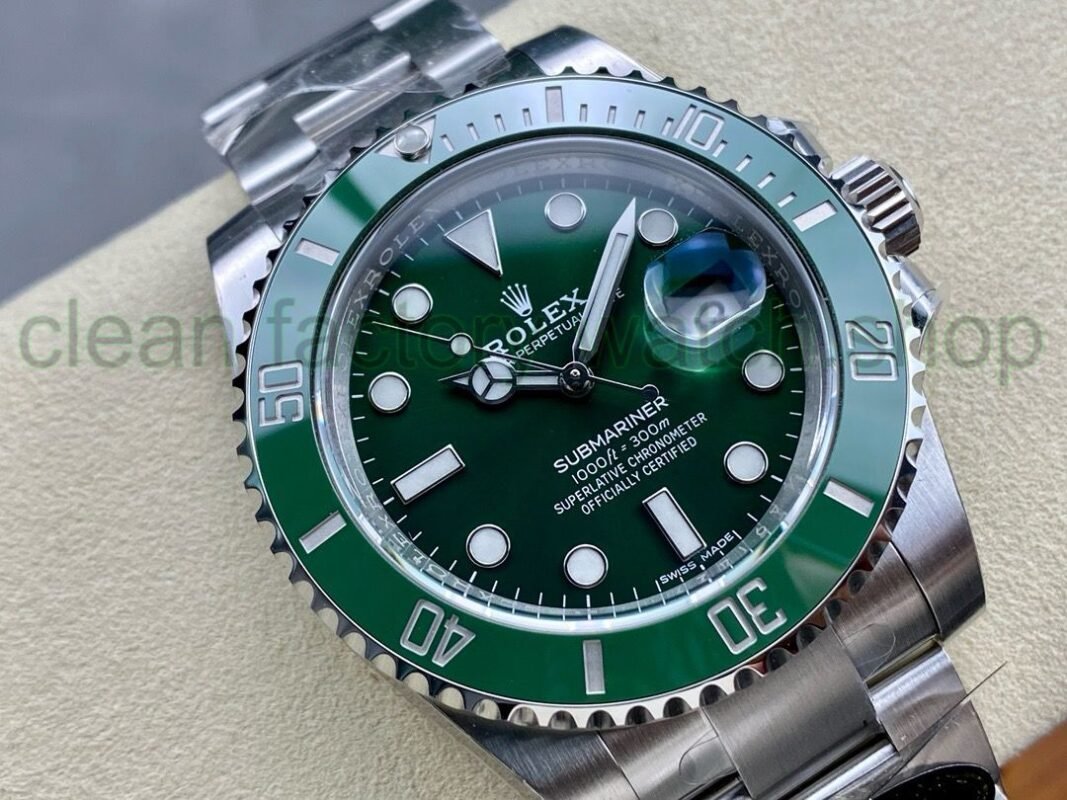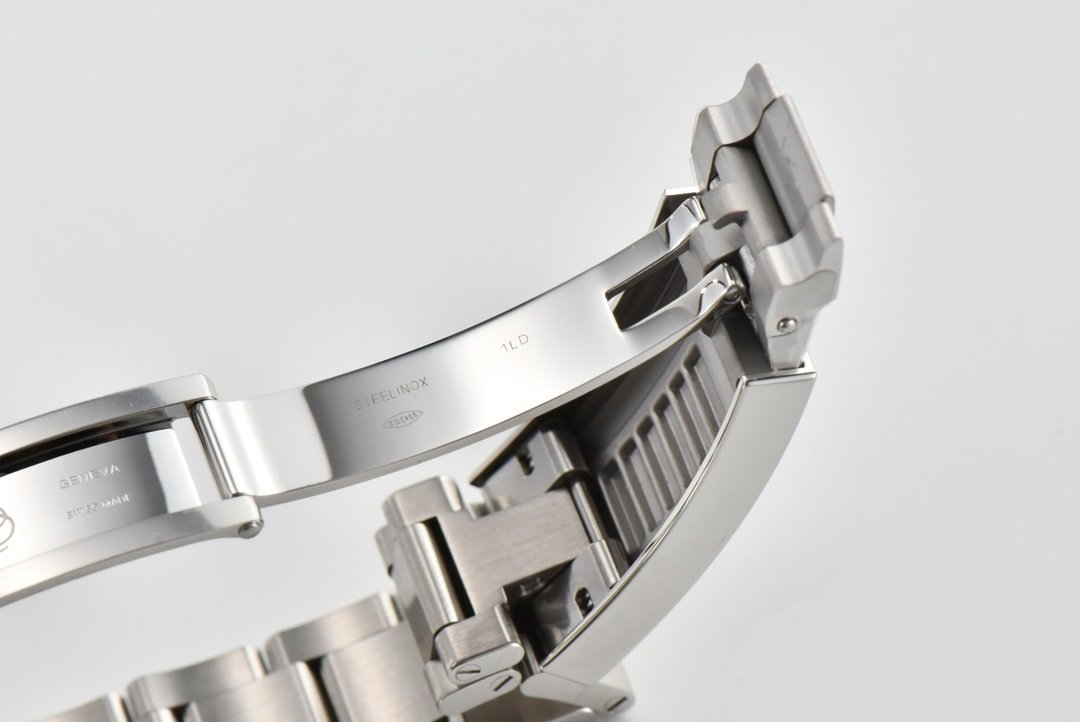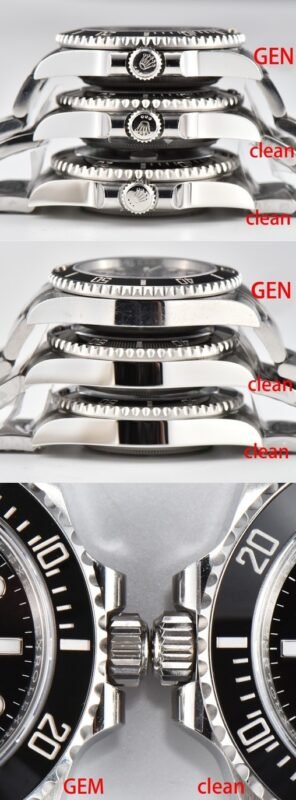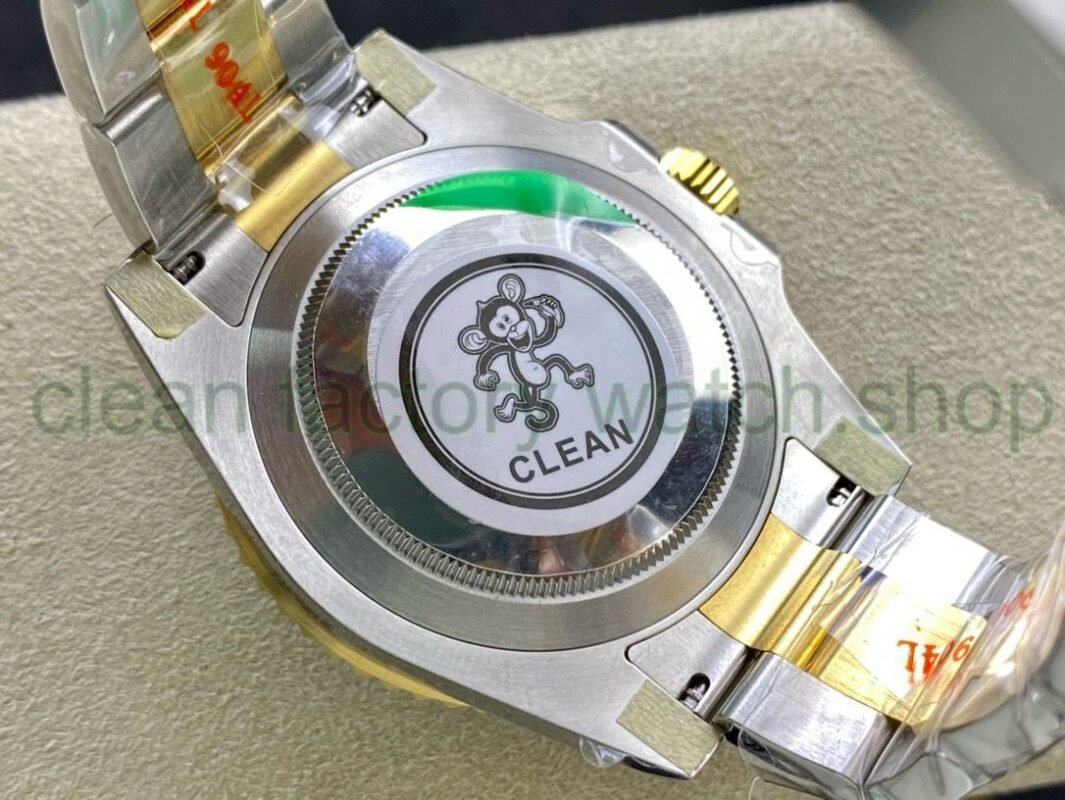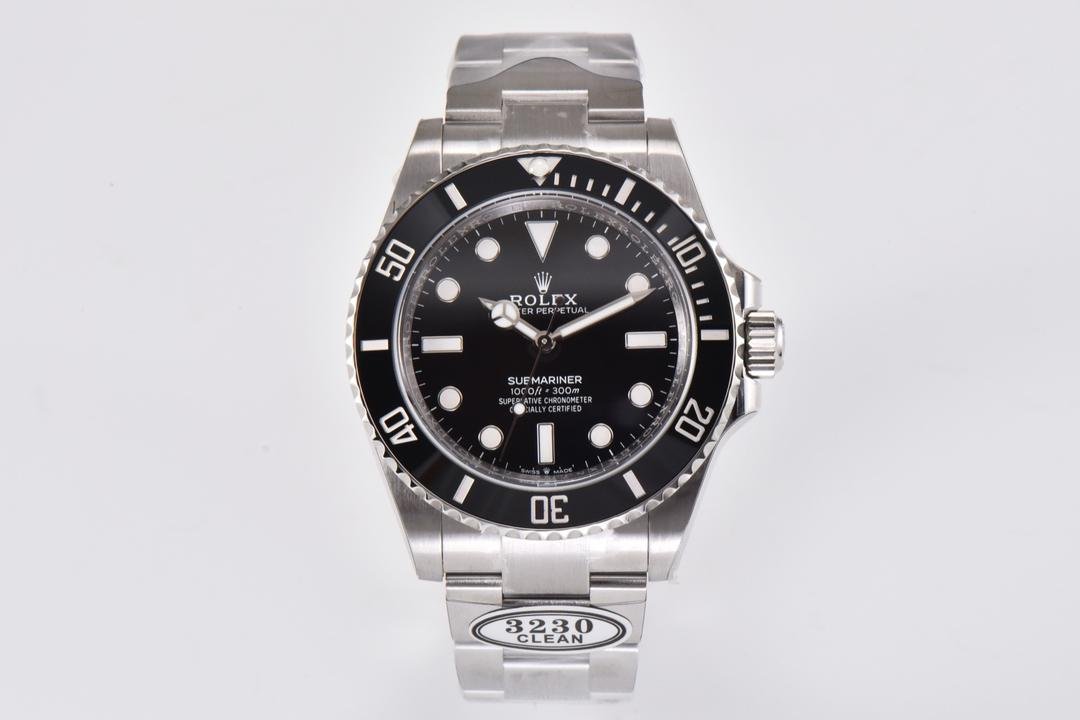Blog
Inside the Clean Factory: A Fresh Take on Modern Timepieces
In an era where technology and craftsmanship converge, a new generation of watchmaking is taking center stage—one that marries precision engineering with sustainability and innovation.”Inside the Clean Factory: A Fresh Take on Modern Timepieces” invites you to explore the undercurrents of this transformative movement, where traditional artistry meets eco-conscious practices.As consumers increasingly seek transparency in manufacturing processes, the factory-rolex-hulk-submeriner-date-116610lv-40mm-full-904l-green-dial/” title=”Clean Factory Rolex Hulk Submeriner Date 116610LV 40mm Full 904L Green Dial”>clean-factory-rolex-submeriner-date-116610ln-40mm-full-904l-black-dial/” title=”Clean Factory Rolex Submeriner Date 116610LN 40mm Full 904L Black Dial”>clean factory emerges not just as a workshop, but as a beacon of responsible design and ethical production. Join us on a journey through time, as we delve into the intricate world of modern timepieces, unveiling the stories of artisans and technologists working in harmony to redefine what it means to create a watch in today’s conscientious market. Here, each tick resonates with a commitment to quality, integrity, and a vision for a brighter tomorrow.
Table of Contents
- Exploring sustainable Practices in Timepiece Manufacturing
- Innovative Design Techniques and Their Impact on Modern Aesthetics
- The Role of Technology in Enhancing Precision and Reliability
- Maintaining Quality Control: Best Practices from the clean Factory
- Q&A
- Key Takeaways
Exploring Sustainable Practices in Timepiece Manufacturing
The evolution of timepiece manufacturing has led to a remarkable intersection between traditional craftsmanship and eco-conscious innovation. Many brands are now committed to reducing their environmental footprint by adopting sustainable practices at every stage of production. This includes sourcing materials like ethically-harvested wood and recycled metals, which not only contribute to the preservation of natural habitats but also resonate with consumers who prioritize sustainability in their purchasing decisions. Additionally, manufacturers are increasingly utilizing renewable energy sources such as solar and wind power to fuel their operations, further minimizing their impact on the planet.
Transparency in supply chains has become a cornerstone of modern timepiece production, allowing consumers to make informed choices. By collaborating with suppliers who adhere to ethical labor practices and environmental regulations, manufacturers can assure buyers that their timepieces not only look good but also feel good. Here are a few focal points that illustrate this commitment to sustainable practices:
- Water conservation: Implementing closed-loop systems to reduce water usage in production.
- Minimalist packaging: Utilizing recyclable or biodegradable packaging materials.
- Carbon offset programs: Investing in projects that help mitigate carbon emissions.
Innovative Design Techniques and Their Impact on Modern Aesthetics
The world of modern timepieces has undergone a profound conversion, driven by innovative design techniques that marry functionality with aesthetics. Artisans and designers push the boundaries of traditional watchmaking through the integration of sustainable materials,minimalist designs,and advanced technology. By employing 3D printing and computer-aided design (CAD), brands can create intricately detailed dials and lightweight cases that not only catch the eye but also enhance durability. This shift has led to a new appreciation for craftsmanship, where the emphasis now lies on timeless simplicity and ecological mindfulness, appealing to consumers who prioritize both aesthetics and ethical considerations.
The impact of these advancements is evident in the way brands communicate their stories and values. A notable trend is the rise of clear manufacturing processes, allowing consumers to witness the creation of their timepieces, fostering trust and authenticity.Additionally, ergonomic designs with sleek lines and intuitive interfaces have redefined how we perceive wearability, making watches not just instruments of timekeeping but also fashion statements. As brands continue to explore these frontiers, we may witness the emergence of hybrid models that incorporate smart technology while retaining traditional watchmaking elegance, merging the past with the future in a seamless blend.
The Role of Technology in Enhancing Precision and Reliability
The landscape of modern watchmaking has been dramatically transformed by the advent of technology, allowing artisans and manufacturers to achieve unparalleled precision and reliability in their timepieces. Advanced methods such as CAD (Computer-Aided Design) and CAM (Computer-Aided Manufacturing) empower designers to create intricate components with exacting specifications, minimizing human error and ensuring that every piece fits seamlessly within the intricate framework of a watch.With the integration of laser cutting and 3D printing, brands can push the boundaries of traditional craftsmanship, experimenting with unconventional materials and designs that were once deemed unachievable. This embrace of innovation not only enhances the precision of each component but also streamlines production processes,enabling a more sustainable approach to manufacturing.
Moreover, modern technology enhances the reliability of watches through complex testing procedures and enhanced quality control measures. With tools such as automated assembly lines and smart diagnostics, manufacturers can ensure that each watch undergoes rigorous testing before it reaches consumers. This includes subjecting timepieces to temperature fluctuations, pressure variations, and water resistance challenges to confirm their durability and functionality under real-world conditions. These advancements cultivate a new era of timepieces that prioritize both performance and aesthetics, providing consumers with the assurance that their watches will stand the test of time.
Maintaining Quality Control: Best Practices from the Clean Factory
Quality control is paramount in the production of modern timepieces, and the practices employed within the Clean Factory model offer a fresh outlook. Adopting a meticulous approach to every stage of production not only enhances the integrity of the final product but also instills confidence in the consumer. Key strategies include:
- Standardized Processes: Every task,from assembly to final inspection,follows a clearly defined procedure,ensuring consistency.
- Real-time Monitoring: Implementing IoT devices to monitor machinery performance allows immediate rectification of issues.
- Employee Training: Ongoing training programs equip workers with up-to-date techniques and knowlege on quality standards.
- Feedback Loops: Continuous feedback from production staff is integral to identifying areas for enhancement.
Moreover, the Clean Factory emphasizes collaboration between departments to facilitate seamless operations. By fostering an environment where quality is a shared responsibility, companies can enhance their product offerings. A transparent interaction framework is crucial; it encourages teams to address quality issues proactively. Below is a summary table of critical quality indicators employed in the Clean Factory approach:
| Quality Indicator | Measurement Method | Target Value |
|---|---|---|
| Defect Rate | Quality Audits | Less than 1% |
| On-time Delivery | Logistics Tracking | 98% or higher |
| Customer Satisfaction | surveys | 85% favorable feedback |
Q&A
Q&A: Inside the Clean Factory – A Fresh Take on Modern Timepieces
Q: What inspired the concept of a “Clean Factory” for modern watchmaking?
A: The Clean Factory concept was born from a desire to revolutionize traditional watch manufacturing methods. We wanted to create an environment that prioritizes sustainability, ethical practices, and innovative technology. By minimizing waste and energy consumption, we aim to craft timepieces that not only embody elegance but also tell a story of environmental consciousness.
Q: How does the Clean Factory differentiate itself from conventional watch manufacturers?
A: Unlike conventional manufacturers, where processes often lead to notable waste, our Clean Factory utilizes closed-loop systems, ensuring that materials are recycled and reused. We implement cutting-edge automation to enhance efficiency without compromising craftsmanship, allowing artisans and technology to coexist harmoniously in the production process.
Q: What materials are emphasized in the creation of timepieces at the Clean Factory?
A: We prioritize using sustainably sourced materials,such as recycled metals and ethically mined gemstones.Our straps are frequently enough made from vegan leather or biodegradable materials, reflecting our commitment to reducing our ecological footprint while maintaining high aesthetic standards.
Q: How does the design philosophy of the Clean Factory influence the timepieces produced?
A: The design philosophy revolves around simplicity and functionality, inspired by minimalist aesthetics. our timepieces embrace timeless elegance while integrating modern functionality.Each design is thoughtfully crafted,focusing on versatility to ensure they can transition from casual to formal settings seamlessly.
Q: Can you tell us more about the technology employed in the manufacturing process?
A: Our manufacturing process harnesses advanced technologies like 3D printing and automated assembly. These innovations allow for precision and reduced material waste without sacrificing the artisan quality that is so integral to watchmaking. Moreover, we utilize smart tech integration within our pieces, marrying traditional craftsmanship with modern capabilities.
Q: What impact do you hope the Clean Factory will have on the watch industry as a whole?
A: We aspire to set a new benchmark in the industry by demonstrating that luxury and sustainability can coexist. Our hope is to inspire othre manufacturers to adopt cleaner practices and foster a more responsible approach to production. Ultimately, we want to lead a movement towards an eco-conscious luxury that resonates with consumers who value both quality and ethics.
Q: How can consumers engage with the Clean Factory and its products?
A: Consumers can connect with the Clean Factory through a variety of channels. We encourage visits to our factory for guided tours to see our processes firsthand. Additionally, our online platform showcases our collection, where consumers can learn about the craftsmanship and sustainability behind each piece. We also promote community events focused on education about sustainability in luxury.
Q: Where do you see the future of timepieces heading, particularly with the developments from the Clean Factory?
A: The future of timepieces is moving towards a blend of tradition and innovation. We believe that as consumers become more environmentally conscious, they will seek brands that align with their values. The Clean Factory embodies this shift, paving the way for a new generation of timepieces that honor both craftsmanship and the planet. Each piece we produce is not just a tool for telling time but a step towards a better future in watchmaking.
Key Takeaways
As we draw the curtains on our journey through the pristine halls of the clean factory, it’s clear that the world of modern timepieces is undergoing a remarkable transformation. This innovative approach not only embraces cutting-edge technology and sustainable practices but also fosters a unique environment where craftsmanship and precision reign supreme. As we embrace this new era of horology, we are reminded that each tick of the clock embodies not just the passage of time, but also the careful artistry and dedication that goes into every piece. Looking ahead, we can expect these “clean” principles to inspire not only watchmakers but also industries far beyond, heralding a future where style and sustainability coexist harmoniously. So, as you consider your next timepiece, remember that behind every watch lies a story of ingenuity, a commitment to quality, and a fresh perspective on our ever-evolving relationship with time.

